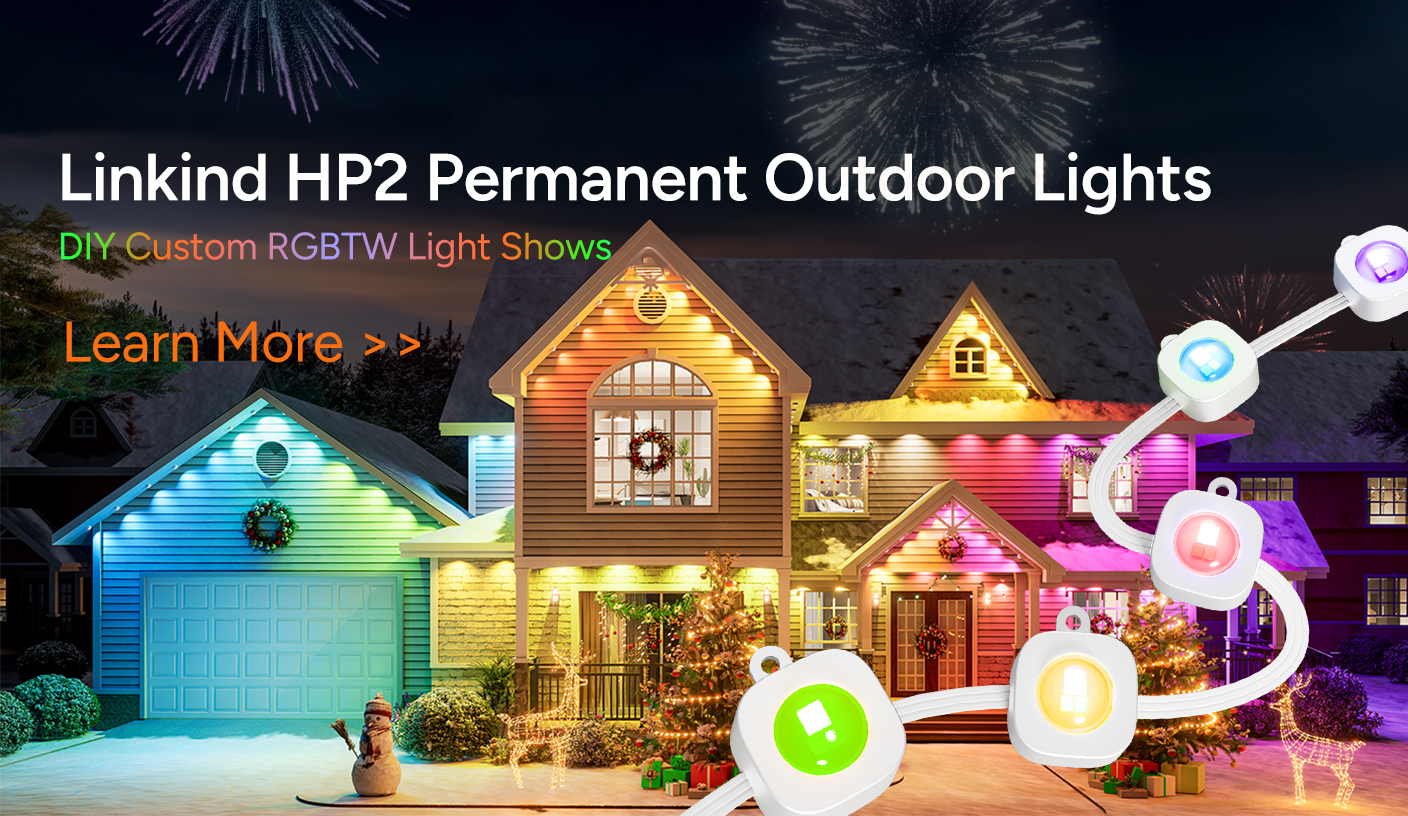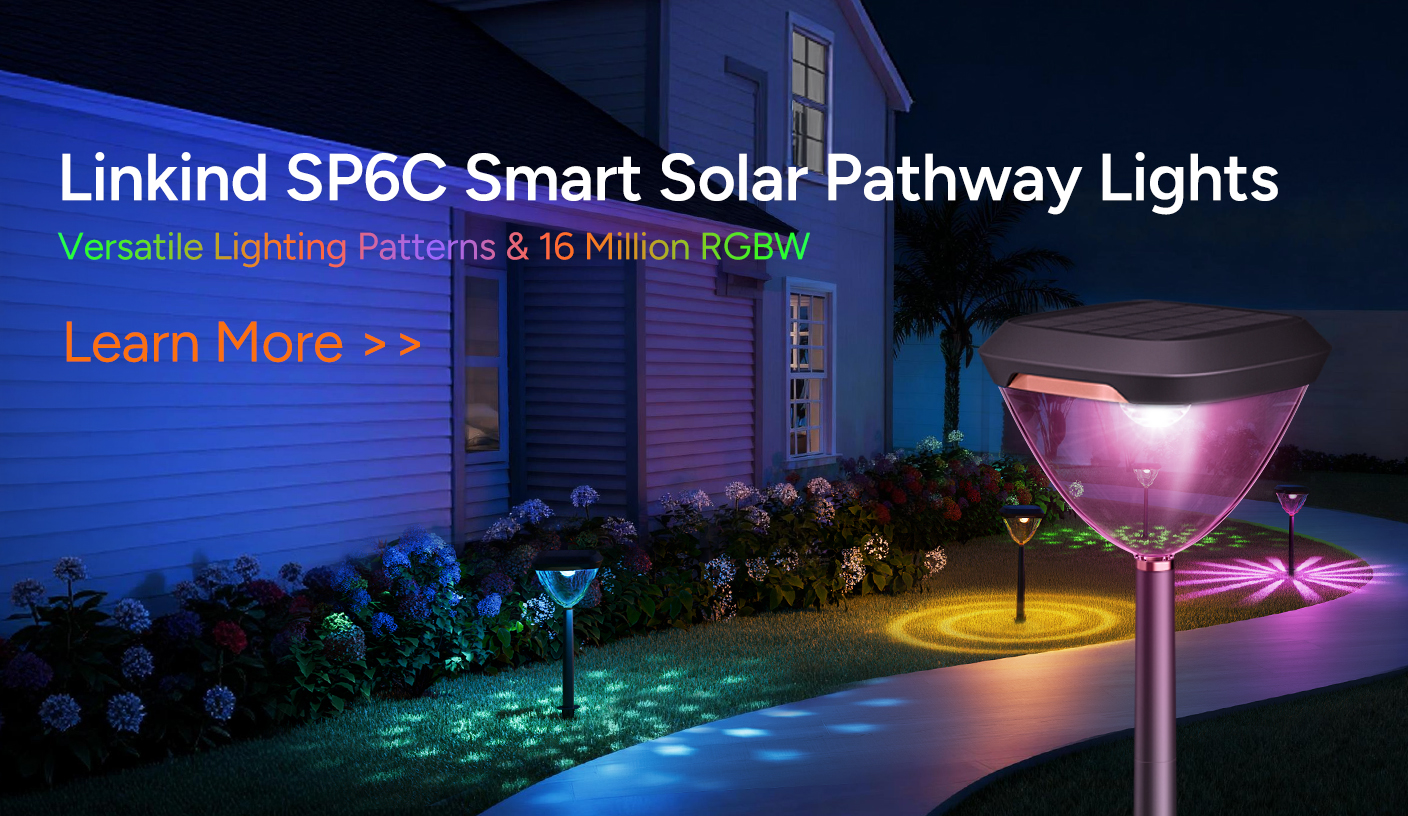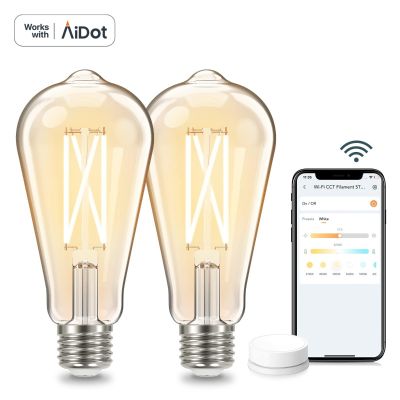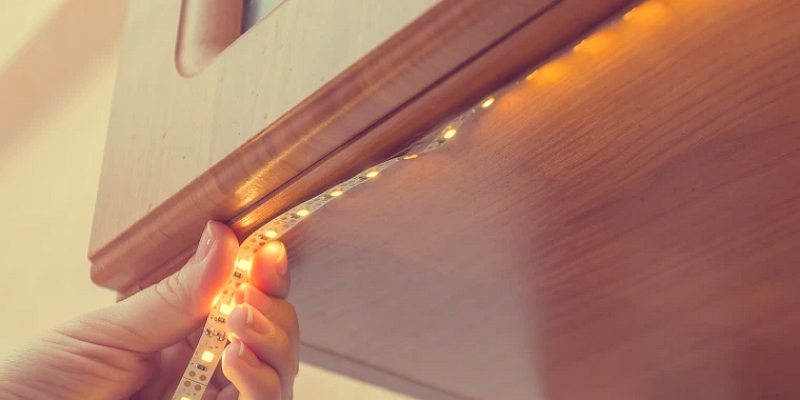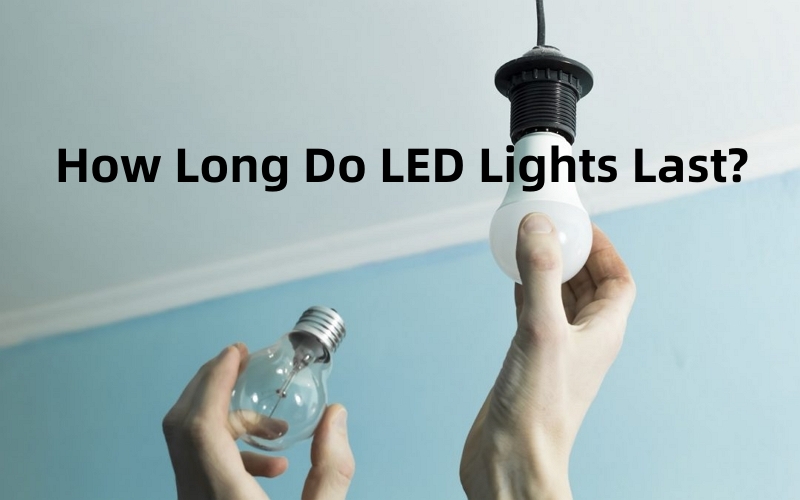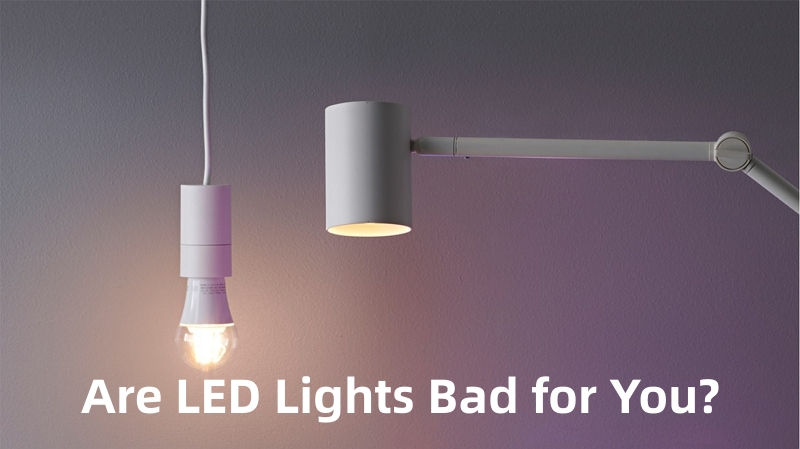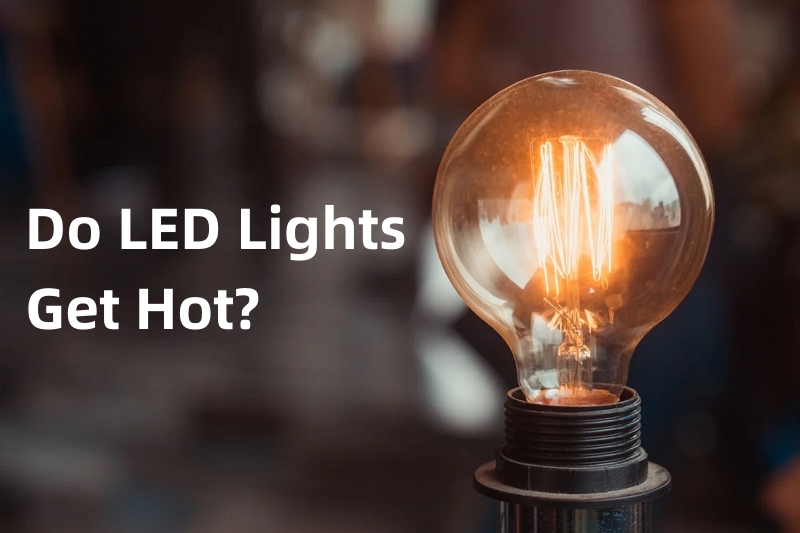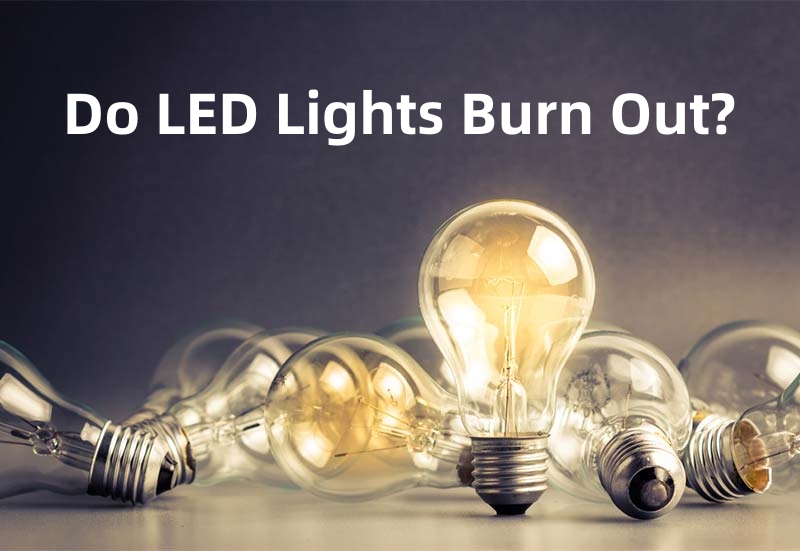Lighting plays an important role in establishing a comfortable atmosphere in your home. You can have the most expensive furniture, but it would be for nothing if you don’t have proper lights. And with the wide range of efficient light options nowadays, it is necessary to learn and find an answer to the question: what is the wattage of LED lights that will make your home a pleasant space? After all, you don’t want to end up with too bright or a dimmed atmosphere that will always make you feel annoyed.
To help you out in this venture, we have answered a few questions related to the wattage of LED lights to help you understand what you need for your home lighting.
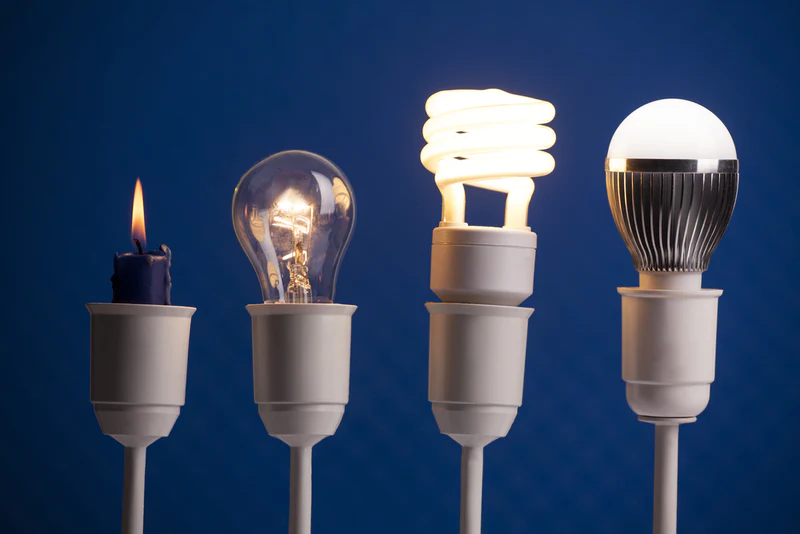

Part 1. What Is the Wattage of LED Lights?
Bulb wattage refers to the amount of energy the bulb uses to produce a certain extent of light. Therefore, if the wattage is higher, the light bulb you are using will produce brighter light. Of course, it will also use more power.
After the emergence of light bulbs, there have been a lot of advances in the attempt to produce more efficient lighting options. One of those advances are LED lights, which are known for their energy efficiency properties. Namely, they use less power in comparison to traditional incandescent or fluorescent lights, and they can provide better brightness.
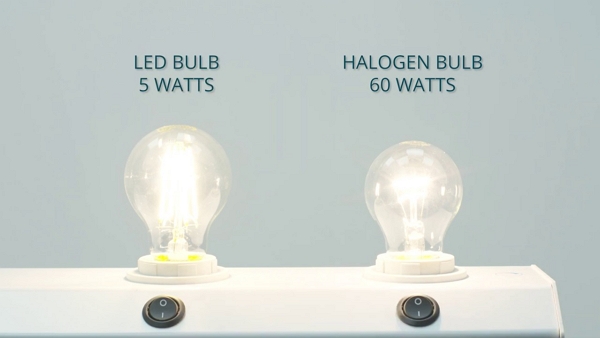

Taking this into account, many people try to figure out what the wattage of LED lights is and what they need for their lighting systems. Generally speaking, the wattage of LED lights ranges from a few to several tens of watts. For instance, the most common LED light bulbs used for residential lighting are between 4 and 20 watts.
Nonetheless, it is important to note that LED lights are used for different purposes. Therefore, there are some with higher wattage values. For instance, LED lights that are intended to provide bright illumination for bigger spaces can have up to several hundred watts.
Part 2. What Is the Difference Between Wattage and Lumen?
The term lumens applies to the total amount of light emitted by the light source- in this case, your LED bulb. Simply put, it serves as a measure to estimate your lightbulb’s brightness. The higher the lumen number, the brighter the light bulb.
Wattage, on the other hand, is a mere indicator of the amount of energy your bulb uses. Thanks to the ever-advancing technology, there are energy-efficient solutions like the LED bulbs we’re talking about that achieve the same number of lumens at lower wattages. So, looking only at the wattage of a LED bulb before buying it isn’t much reliable information nowadays.
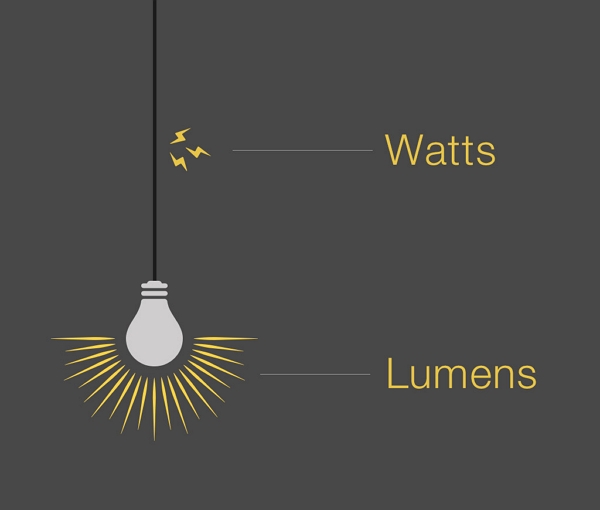

Considering this, when opting for certain types of LED lights, it is necessary to factor in both wattage and lumens. Therefore, your only question will not be what is the wattage of LED lights, but also how high is the number of lumens it produces. If you need your bulb to provide you with a particular amount of brightness, you will need a higher amount of lumens.
Part 3. What is the Equivalent Wattage for LED Bulbs ?
When switching from traditional light bulbs to LED ones, you will need to know what is the equivalent wattage for LED bulbs. As we mentioned, watts and lumens stand for different things, so you can’t replace a 60-watt incandescent bulb with a 60-lumen LED one. Instead, you will look for the equivalent wattage.
1. Incandescent Bulbs
There are certain equivalences between the wattages of incandescent bulbs and LED lights. When you discover what the equivalent wattage for LED bulbs is, you will be able to find proper lighting more easily.


- A 9-watt incandescent bulb is equivalent to a 1-watt LED bulb.
- A 60-watt equivalent LED bulb is now around 9 watts.
- A 100-watt incandescent bulb that produces 1600 lumens can be replaced by a 12-14 watt LED bulb.
- A 150-watt incandescent bulb that produces 2600 lumens can be substituted with an 18-23 watt LED bulb.
2. Halogen Bulbs
Many people opt for halogen bulbs because they produce a brighter glow. However, LED lights are still the more energy-efficient choice because they use 85% less energy. But if you are certain you want to purchase a halogen bulb, here are some equivalent wattages for halogen and LED bulbs:
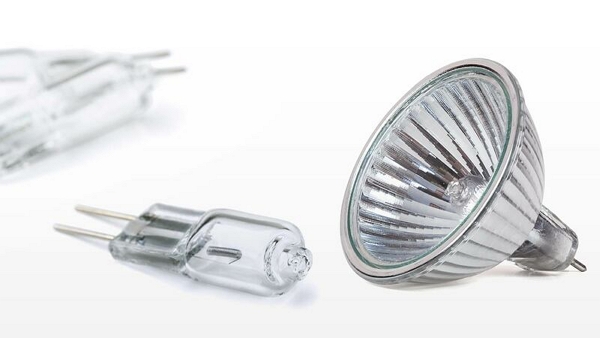

- For a lumen output of 1380, a halogen bulb typically requires 100 watts, while an LED bulb only needs 12 watts.
- In the case of 1200 lumens, a halogen bulb generally consumes 75 watts, whereas an LED bulb uses just 11 watts.
- When it comes to a lumen range of 230-270, a halogen bulb usually uses 50 watts, while an LED bulb consumes only 6 watts.
- For a lumen output of 375, a halogen bulb typically requires 30 watts, whereas an LED bulb uses only 4 watts.
3. Compact Fluorescent Light (CFL) Bulbs
The compact fluorescent light is another advance in lights, similar to LED light. Generally, it is considered the best among the lighting options because it consumes less energy in comparison to traditional counterparts. Nonetheless, the downside of CFL is that it contains mercury, which is toxic and harmful liquid metal. Therefore, CFL bulbs present danger if they break and the mercury gets released. Here are some equivalents of CFL to LED light bulbs:
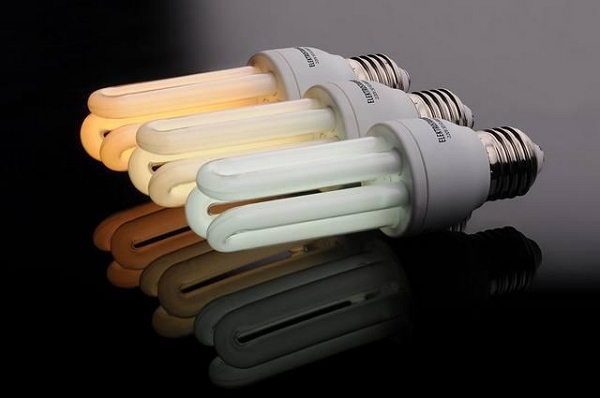

- For a lumen output of 1380, a CFL bulb requires 22 watts, while an LED bulb only needs 12 watts.
- For 750 lumens, a CFL bulb consumes 15 watts, whereas an LED bulb uses just 9 watts.
- When there is a lumen output of 450, a CFL bulb uses 9 watts, while an LED bulb consumes only 5.5 watts.
- In the case of a lumen output of 100, a CFL bulb requires 5 watts, whereas an LED bulb uses only 2 watts.
These examples can be of great help when determining your home's lighting requirements. Once you get an answer to what is the wattage of LED lights and their equivalents, it will be so much easier to go for the right lighting option.
Bonus: Check this Premium LED Bulb!
In view of the energy efficiency of LED bulbs, it is clear they are the best choice for you. However, there are different types of LED lights, so it is important to opt for a high-quality product. Before you make the purchase, make sure you go over the features of LED bulbs to see what kinds of benefits you get.
Our AiDot ST19 CCT Smart WiFi Edison Bulbs come with amazing features along with their energy-efficient properties. These bulbs give you dimmable and tunable light, meaning you can easily change your home’s ambiance. Not only are they incredibly easy to install, but they also allow you to control them remotely and create an ON/OFF schedule.


- Dimmable and Tunable White Light
- APP Control/Voice Control/Remote Control
- Time Schedule Function
- Vintage Design & E26 Medium Base
- Easy Setup & No Hub Required
[Bonus Now]: Here is an exclusive coupon code only found in blog posts. Save it now (AiDotBG01) and get 10% off at AiDot mall!
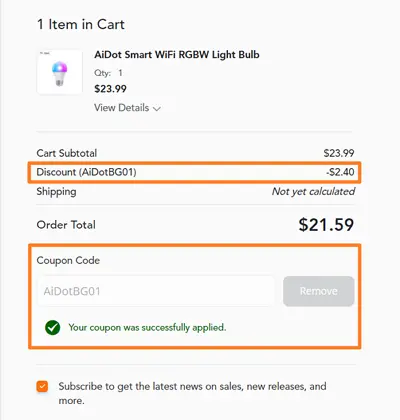

Conclusion
Figuring out what is the wattage of LED lights, along with some other factors, can help you opt for the best lighting solution for your home. It is important to note that choosing energy-efficient options can save you money while providing excellent lighting results.
If you’re looking for ideal light bulbs, make sure you don’t miss AiDot Linkind ST19 CCT Smart WiFi Edison Bulbs. And if you're looking for more advice on lighting, don't hesitate to check out our blog page.











